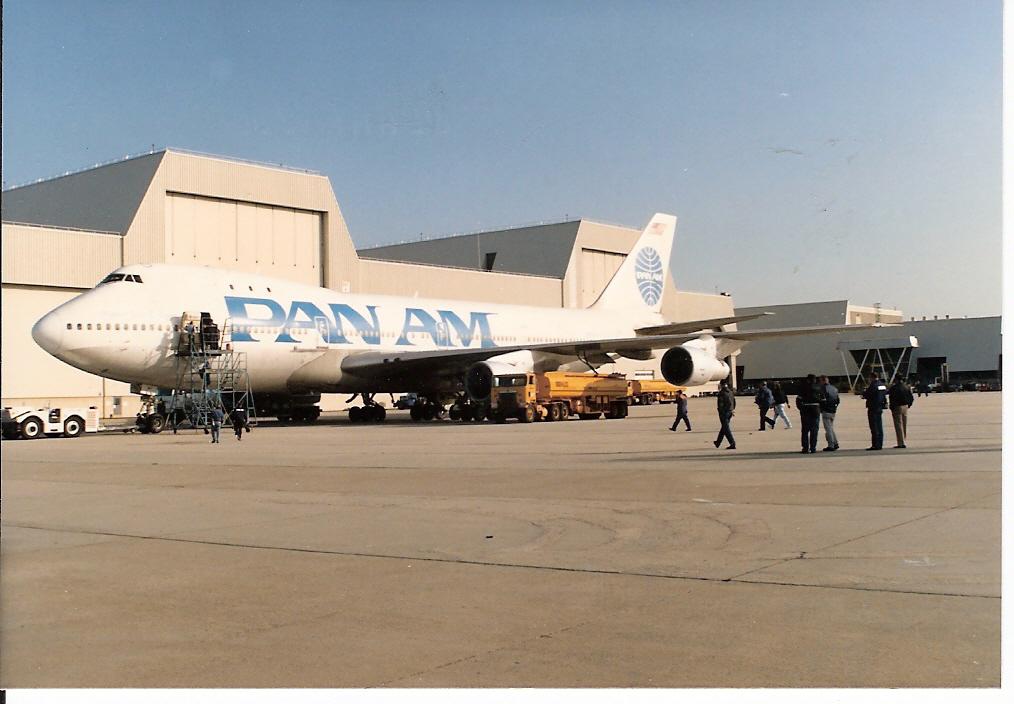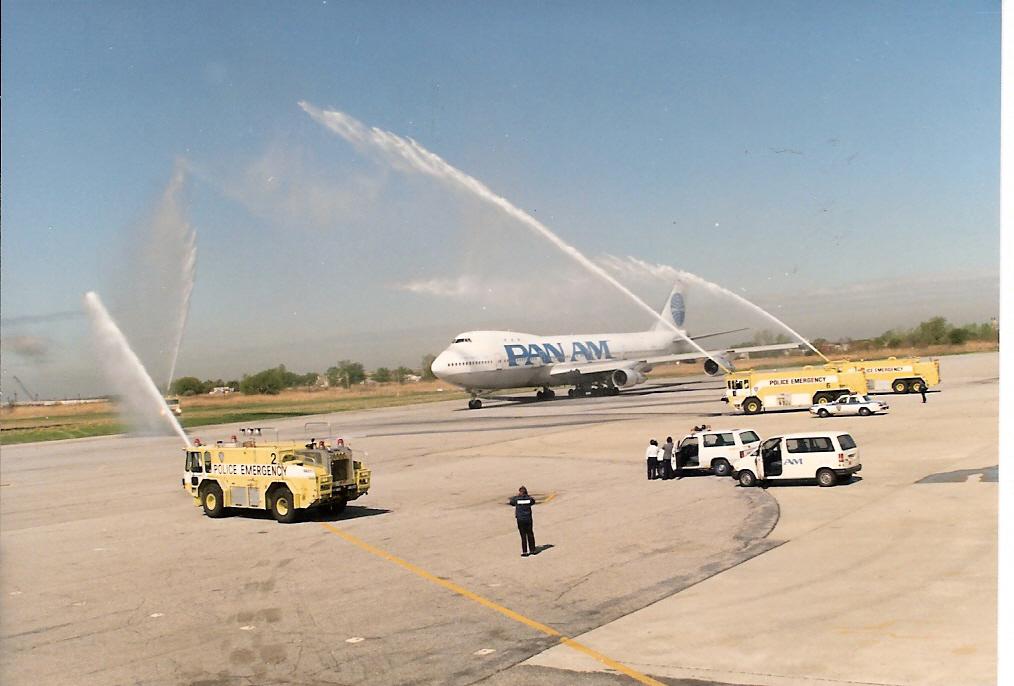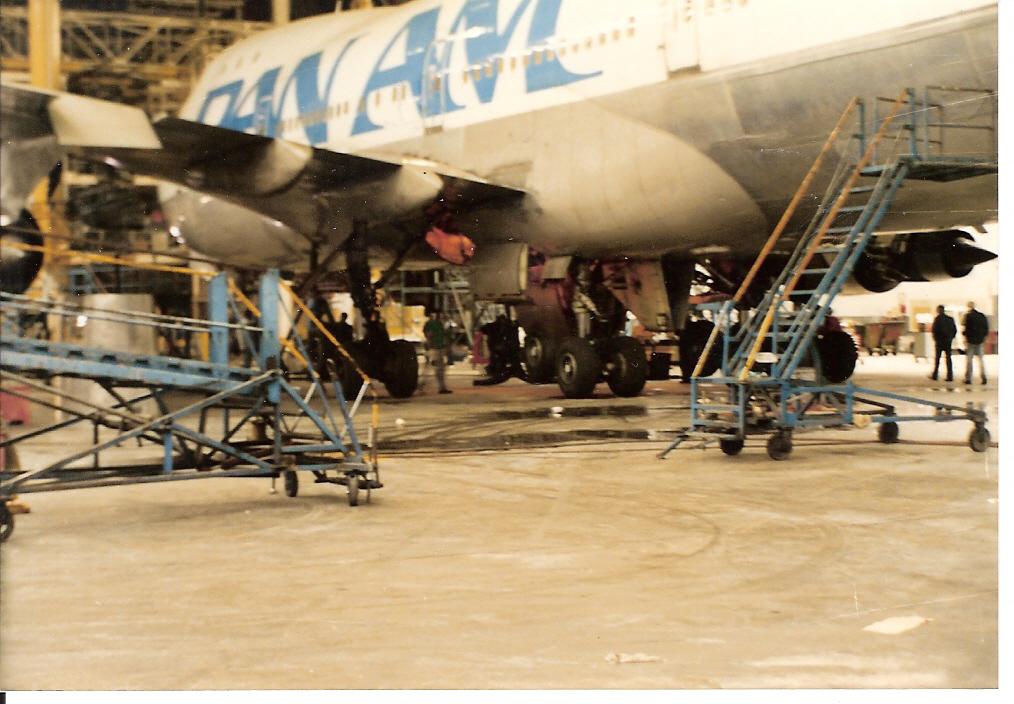
|

|
Forum Index : Microcontroller and PC projects : What are the "big boy" Microcontrollers for?
| Author | Message | ||||
TassyJim Guru Joined: 07/08/2011 Location: AustraliaPosts: 5883 |
You blokes make me glad I chose Hydro Electric power for a living. Mind you, when a gasket blows out under 300 meters head, you don't want to be standing too close. One meter to the left and I would have lost a leg! Jim VK7JH MMedit MMBasic Help |
||||
| PeteCotton Guru Joined: 13/08/2020 Location: CanadaPosts: 313 |
Ouch! I think that in any industry you have to have a healthy respect for the things that can kill you real quick. It doesn't need to be fear, but certainly it should never be 100% blase (imagine an accent over that last e - the forum won't let me do French characters  ) . ) . |
||||
| JohnS Guru Joined: 18/11/2011 Location: United KingdomPosts: 3649 |
Wow! John |
||||
| circuit Senior Member Joined: 10/01/2016 Location: United KingdomPosts: 226 |
This is turning out to be one of the most informative and engaging threads on this forum! I am really enjoying following the engineering stories between you all - getting a little off-topic I guess, but please; do carry on! |
||||
| CaptainBoing Guru Joined: 07/09/2016 Location: United KingdomPosts: 1985 |
topic schmopic... I agree, this is a great thread. If you want another, jump into the Electronics/Turning a Toyota Prius into a "portable" generator. I been lurking there for months, transfixed. One of the strengths of this forum is the permitted generalization around subjects and lack of topic-nazis Edited 2021-05-04 21:39 by CaptainBoing |
||||
| lizby Guru Joined: 17/05/2016 Location: United StatesPosts: 3010 |
And if the topic is computing devices which aren't general-purpose computers and are bigger than the 28-pin pic, then it is on-topic and extraordinarily informative and entertaining. Certainly fits the description of "big boy"--if beyond the micromite scope. Who would have guessed that aircraft engines were being used to pump natural gas, and that a member of this forum would have specific knowledge about how they are controlled, and that another member of this forum would have specific knowledge about the uses and abuses of those engines when employed on aircraft? ~ Edited 2021-05-04 21:55 by lizby PicoMite, Armmite F4, SensorKits, MMBasic Hardware, Games, etc. on fruitoftheshed |
||||
| Tinine Guru Joined: 30/03/2016 Location: United KingdomPosts: 1646 |
  |
||||
| Paul_L Guru Joined: 03/03/2016 Location: United StatesPosts: 769 |
My guesstimates were way off. That's a larger diameter by one third and eight times the pressure that I was assuming. I will have to bump my estimate of 300,000 pounds of gas in a 20 miles segment up to 3,600,000 pounds of gas!!! That would really be a highly reactive load for the compressors to handle. Paul in NY |
||||
| Paul_L Guru Joined: 03/03/2016 Location: United StatesPosts: 769 |
Aircraft engine overhaul facilities don't have the same risk of explosion as a gas pipeline compressor station. The engines might have a trace of fuel in them when they come in but it is not significant. The hangars are another subject entirely. That L1011 in the prior picture could contain up to 26,400 US gallons (about 211,000 pounds) of Kero A1 or Jet A fuel. [The B747-200 would hold 52,400 US gallons (419,000 pounds)]. Hangar 19 at JFK would house 4 747 aircraft. It had a foam deluge fire suppression system which could blanket the floor of a single bay with 6 feet of foam in about 20 seconds. It was triggered by photoelectric sensors which looked for rapid light level changes. We had to turn off vehicle head lights before driving into a hangar bay or the changing light levels could trigger the foam system. Hangar 19 also had subterranean escape tunnels which would enable personnel on foot to get the heck out of there fast. Here's a picture of the first production B747-100, N747PA, delivered in 1969, waiting for a crew outside of Hangar 19 in July of 1991 to fly it to the scrap yard in Arizona. That hangar has been unoccupied since then ... the Port Authority can't find a tenant.  Then the fire department came out to give the old girl a final salute.  They got airborne and came around for a gear up flyby. Then I went home and retired for a little while ... until I started rebuilding tug boats down in Port Bolivar Texas. But, that's another story ........ Paul in NY |
||||
| Paul_L Guru Joined: 03/03/2016 Location: United StatesPosts: 769 |
For sure we are a diverse group of geezers. I started out as a professional guitarist, bassist and pianist for a half a decade, switched over to broadcast and recording engineering for another decade, played with giant aircraft for a third of a century, rebuilt a fleet of tugboats for a half a decade, and I am now watching TV while spiraling slowly toward the drain. If you live long enough you get to have a bunch of different careers. It's been fun! (If anyone is interested I can post a whole bunch of pictures of aircraft.) Paul in NY |
||||
| lizby Guru Joined: 17/05/2016 Location: United StatesPosts: 3010 |
How do you test that that actually works? And then how do you clean up after testing? PicoMite, Armmite F4, SensorKits, MMBasic Hardware, Games, etc. on fruitoftheshed |
||||
| JohnS Guru Joined: 18/11/2011 Location: United KingdomPosts: 3649 |
Haha, the testing looks easy! The clean up not so much... John |
||||
| Paul_L Guru Joined: 03/03/2016 Location: United StatesPosts: 769 |
GOOD QUESTION LANCE!!!! In 1969 shortly after we built the hangar the FAA had the same question. They wanted us to start a fire! I was in Avionics Engineering at the time and had nothing to do with this mess, but I thought it would be entertaining to watch, so I walked over. There were readily available drain pans all over the hangar which get wheeled under an engine when you remove a fuel control unit to catch the 10 gallons of kerosene which you are going to spill. These pans are about 25 feet long, 10 feet wide, and 2 feet total height with about a 1 foot rim to hold the kerosene. With the FAA and Port Authority Fire Department present some guys wheeled a drain pan out into the center of an empty hangar bay, dumped in 50 gallons of kerosene, and started throwing lit matches into the kerosene. The matches went out! They got a whole box of wooden matches, lit it up and tossed it in. It went out! They got a copy of the New York Times, lit it up, tossed it in, and it west out! Out of desperation somebody finally went and got an oxy-acetylene welding rig ... a big one with two tanks on wheels ... lit the thing and cautiously snuck up on the drain pan and, with outstretched arm, waved the acetylene flame at the kerosene. It caught fire!!! It took about 15 seconds for the photosensors to figure out that something was burning, the warning horns went off for 15 seconds, and then the foam deluge canons covered the floor with 6 feet of foam in the next 10 seconds. The 747-100 is 280 feet long and has a wingspan of 230 feet, but the hangar was built for the B2707 supersonic aircraft which was never built, so each hangar bay is 360 feet long and 300 feet wide. That means that the foam system generated about 650,000 cubic feet of foam in 10 seconds. As soon as the warning horns went off all the Pan Am guys got the heck out of there. The FAA and the Fire Department guys hung around to see what would happen next. It took almost five minutes for all of them to wade out of that mess. It then took the fire department almost three hours to flush all that foam out of there into Jamaica Bay. It wasn't too long before the NYS EPA showed up looking to issue summonses to the idiots who caused all that stuff to be dumped into the bay. We left them to argue with the FAA and Fire Department. It was a very interesting afternoon. The foam generator used a 30,000 gallon tank filled with some sort of detergent mounted 40 feet in the air on top of a blockhouse in the middle of the hangar which would be pressurized by an 800 Hp Detroit diesel 12V-92 two stroke engine. I had gone up on top of the blockhouse to watch the fun. Here's a picture of that last B747-100 aircraft N747PA just before it was backed out of the hangar for its last flight to the desert scrapyard. Notice the 16 4 foot diameter main landing gear wheels and the 10 foot height above the ground of the belly of the fuselage when the aircraft is lightly loaded. The empty aircraft weighed 358,000 pounds, the maximum takeoff weight for the -100 was 833,000 pounds, and it had a range of 7,300 nm. Pretty good for a 22 year old first of its kind bird!!! Paul in NY Edited 2021-05-05 08:39 by Paul_L |
||||
| Paul_L Guru Joined: 03/03/2016 Location: United StatesPosts: 769 |
Whoops!!!!  |
||||
| phil99 Guru Joined: 11/02/2018 Location: AustraliaPosts: 1773 |
Other uses for jet engines. Western Mining had a nickel smelter in the WA desert beyond Kalgoorlie that needed large amounts of oxygen. The liquid oxygen plant was powered by a RR Olympus Concorde engine. It worked well enough for some time, though it was noticed that the engine efficiency was slowly rising. Then it rapidly fell. The air filters had not been fitted properly letting dust and sand erode the turbine blades. A very expensive mistake. |
||||
| Tinine Guru Joined: 30/03/2016 Location: United KingdomPosts: 1646 |
PanAm 747 + JFK? Ugh! Was waiting to board one and I remember the one at the adjacent gate because it struck me that Maid-of-The-Seas was an odd name for a plane. A few weeks later, I saw it again but on the TV news; flight 103, Lockerbie :( |
||||
| Paul_L Guru Joined: 03/03/2016 Location: United StatesPosts: 769 |
Yep, Pan Am christened their aircraft with odd names, all of which were the names of record breaking clipper ships. In the late 1800s physicists and naval architects realized that the maximum speed of displacement vessels was directly related to the propagation speed of a transverse wave in deep water. Huh??? Think of it this way ... a displacement vessel builds up a pile of water in front of it and leaves behind a hole in the water behind it. An exponential increase in the power required for the vessel to climb the hill in the water produces a speed limit for the vessel ... the hull speed. Hull speed is approximately 1.4 times the square root of the waterline length multiplied by a second less than unity constant approximating the shape of the hull. A long narrow hull (think canoe or racing shell) has a secondary constant near 1.0, a square thing (think big square fuel or grain barge) might have a secondary constant as low as 0.6. So ..... in the late 1800s the naval architects began making sailing ships longer and narrower which resulted in drastically reduced ocean voyage times. This was in response to an 1843 demand for quicker delivery of tea from China to merry olde England, the 1848 discovery of gold in California, the 1851 discovery of gold in Australia, and the 1869 opening of the Suez canal. The shipowners decided to give these faster ships memorable names ... Flying Cloud, Water Witch, Sovereign of the Seas (24 kts), Rainbow, Hornet, Scottish Maid, Pilgrim, Cutty Sark, Southern Cross, City of Adelaide, Challenger, and the Champion of the Seas (which set a record in 1888 of 30.8 kts from Great Britain to Australia which stood until broken by a multihull in 1984.) Jaun Trippe, Pan Am's founder, decided to name his aircraft after the highly memorable clipper sailing ships of the 1800s. The christened name of the aircraft was seldom referred to in operation. However, the name Clipper was used to identify a Pan Am flight by the Air-Route Traffic Control people on the ground in all radio communication beginning in 1927. Juan Trippe from 1927 to 1969 had the habit of bankrolling the developmental work leading to the manufacture of new aircraft types. Pan Am was then in the enviable position of grabbing the entire initial production run of new aircraft types. Here's another picture showing Juan Trippe watching as Mamie Eisenhower prepared to smash a bottle of champaigne over the radome of the first B707, N707PA, in hangar 14 at JFK, before its inaugural flight from JFK to Paris in 1958. It was initially christened America Paul in NY |
||||